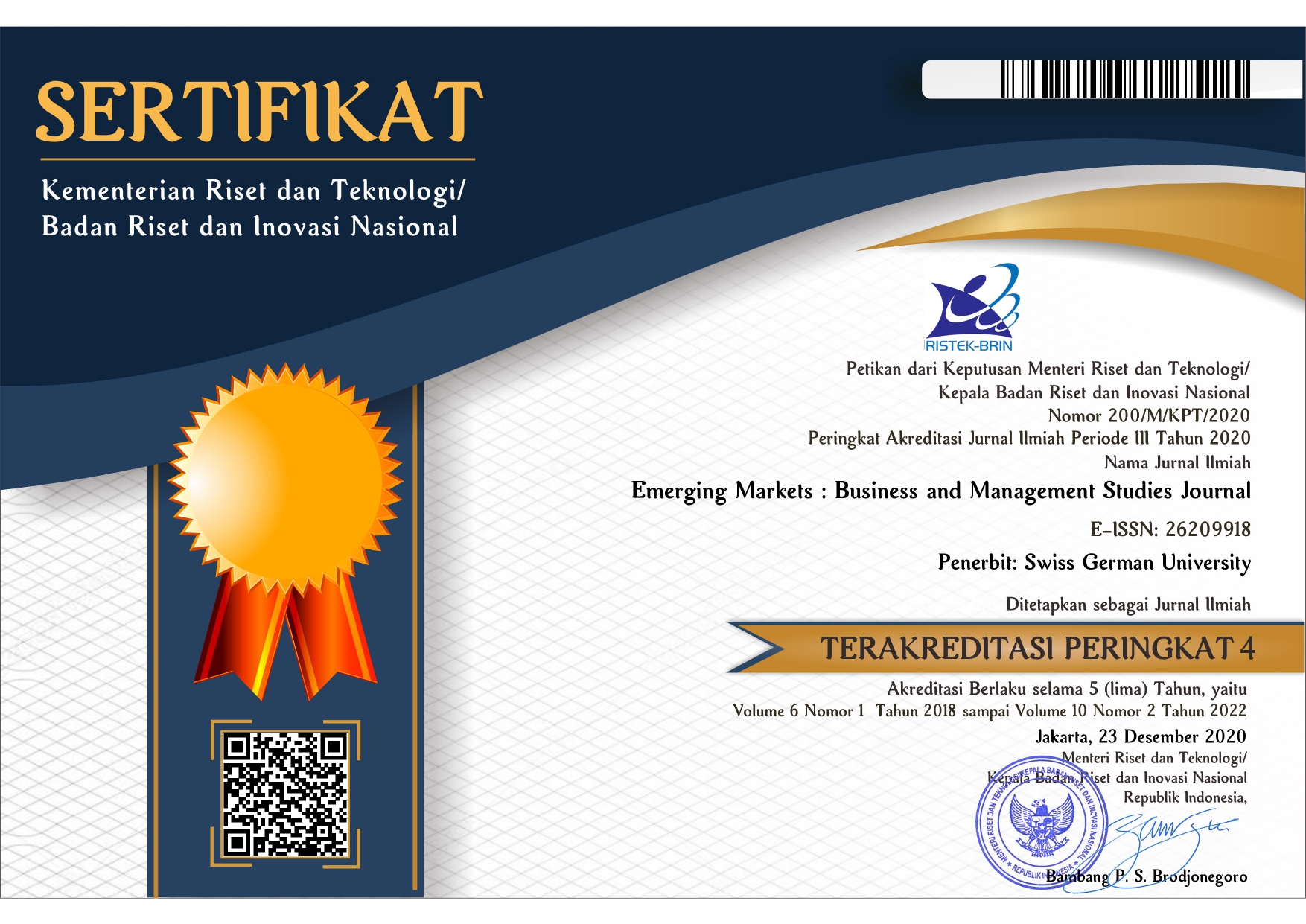THE RURAL DEVELOPMENT POLICY IN GERMANY: A REVIEW ARTICLE
Abstract
Germany as one of the largest agricultural producers in the European Union has faced several problems in the rural areas. Therefore, the government has set out a rural development policy in the Common Agricultural Policy (CAP) which covers four axes, namely improving the competitiveness of the agricultural and forestry sectors (axis 1), improving the environment and the countryside (axis 2), improving the quality of life in rural areas and encouraging diversification of the rural economy (axis 3), and building local capacity for employment and diversification (axis 4). Therefore, in this study, we give an overview of past and present reform of rural development policy, including the objectives, programmes, measures and fund allocations and analyze how governments determine different priorities on the axis among the regions. From the review, it is found that from the implementation of the rural development policy 2007-2013, Germany
gives priority to the axis 2 with the greatest percentage of 42.71 percent (improving the environment and countryside), followed by the axis 1 with a percentage of 26.60 percent (improving the competitiveness of the agricultural and forestry sectors), then axis 3 with the percentage of 23.06 percent, and the last axis 4 with the percentage of 6.31 percent (building local capacity for employment and diversification - Leader).













